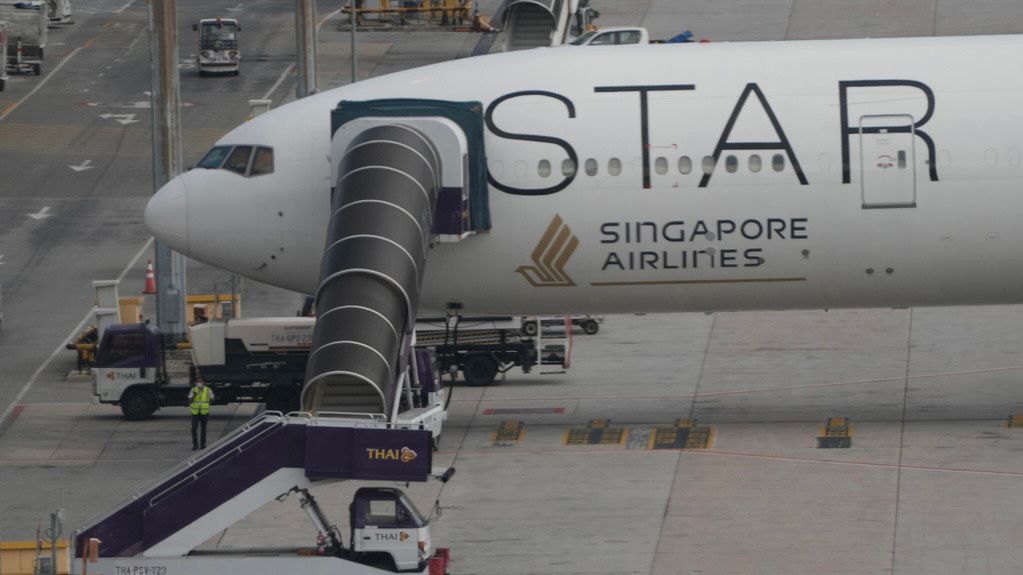The Singapore Airlines flight that experienced extreme turbulence last week was flying on autopilot when the plane underwent uncommanded changes in altitude and airspeed, according to a preliminary investigation from the Transport Safety Investigation Bureau of Singapore released Wednesday.
The flight from London bound for Singapore dropped 178 feet in 4.6 seconds, prompting unbelted passengers to quickly become airborne and to fall back down and “likely caused the injuries to the crew and passengers,” according to the report.
The incident resulted in one death and dozens of injuries and is one of the most severe turbulence-related accidents ever recorded, according to aviation experts.
Singapore Airlines flight 321 left London on May 21 and was normal before experiencing extreme turbulence while passing over the southern part of Myanmar at 37,000 feet, at which point the airplane began experiencing slight vibrations.
The aircraft began “an uncommanded increase in aircraft altitude” at the same time, prompting the plane’s autopilot system to reduce the altitude to the programmed 37,000 feet. The pilots said the plane also began to experience “an uncommanded increase in airspeed” which they stopped by applying the plane’s speed brakes.
“Recorded data indicated that the pilots initiated control inputs to stabilize the aircraft, disengaging the autopilot in this process,” according to the report. The pilots controlled the plane manually for 21 seconds before reengaging the autopilot.
While managing the plane’s speed, one of the pilots called out that the fasten seat belt sign had been turned on, according to data stored on the plane’s flight data recorder and cockpit voice recorder that formed the basis of the investigation’s preliminary results.
Singapore’s transportation bureau conducted the investigation with help from the U.S. National Transportation Safety Board, Federal Aviation Administration and Boeing, which made the 777 aircraft flown by Singapore Airlines.
The plane’s sudden altitude and airspeed changes caused rapid changes in G forces over the 4.6 seconds that resulted in the extreme altitude drop. Once the turbulence had subsided and the pilots were informed by the flight crew that several passengers were injured, the flight was diverted to Bangkok, Thailand.
About 17 minutes after the turbulence, the pilots began “a normal, controlled descent” and did not encounter additional severe turbulence until touchdown, the report said.
Aviation experts said the rapid change in G force would have thrown unbelted passengers against the cabin ceiling and held them there before throwing them to the ground with even more force.
Almost half of the 229 people on board the flight received medical attention after landing in Bangkok; 28 passengers are still in hospitals one week after the accident, according to Singapore Airlines.
Investigations into the incident are ongoing.

